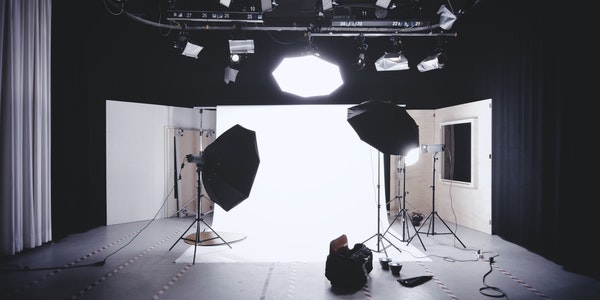Table of Contents
Several types of studio lighting
Main light source
The main light is the main light that illuminates the model in studio portrait photography and shapes the image of the character. The main light determines the distribution of the overall light and dark areas of the character. Whether it is soft light or hard light, the main light has relatively strong directivity. , Its light position determines the light effect of the photo. Therefore, the position of the main light or even a small change in the distance from the model may affect the sunlight of the photo and even the overall effect. In the lighting link, the main light is the priority factor, and the auxiliary light It must be consistent with the tone of the main light. In most portrait portraits, the main light is served by a soft box. The addition of soft light and hard light is more even and easy to control.
Auxiliary light
As the name implies, the auxiliary light is a light source that fills the dark or shadow parts of the picture. Its existence maintains the balance of light in the picture and avoids excessive contrast. The brightness ratio of the main light and the auxiliary light is called the light ratio. The brighter the auxiliary light, the smaller the light ratio of the picture.
The auxiliary light is mostly irradiated near the axis of the digital SLR camera, so as not to have a large deviation from the main light’s irradiating angle, which may cause a messy projection on the screen. The auxiliary light is mostly soft light to fill the light evenly.
Effect light
The main function of the effect light is to emphasize the theme, modify the human body or conceal the flaws. The contour light can better highlight the figure of the figure, generally from 150 degrees to 170 degrees of the side reverse direction projection, so that the hair, face, The shoulders and square stems form a bright contour line than the use of corridor light and other effect lights can highlight the characters more effectively and increase the artistic expression of the photo.
Background light
The light source that the background light is used to illuminate the background alone is called the background light. The function of the background light is to separate the touch from the background, so as to better express and highlight the characters. It increases the three-dimensional effect of the picture. The background light only illuminates the background. One or more flashes alone complete the task of creating a night scene light. The background light can control the brightness of the background. According to the shooting needs, the background light can be soft light or hard light. Soft light is mostly used to create a more pure brightness The background, and the hard light is mostly used to create a fashionable and avant-garde spot background. In order to set the background light, the model should keep a certain distance from the background when lighting. The background light should be beneficial to laugh out the image of the subject, and to purify the background to increase the picture infectious.
Light ratio
In studio portrait photography, two flashes or one flash and several reflectors are often used. Therefore, there is often a significant difference between the light intensity on the bright side and the dark side of the person. The bright side and dark side of the person The ratio of the light intensity becomes the light ratio. The control of the light ratio can create a variety of effects when shooting. Common light ratios are 1:1, 1:2, 1:4. Use the light meter after lighting is completed It can easily measure the different light-receiving surfaces of the model. When the light is smaller than the light, the light angle is flat, which is helpful for shooting feminine soft subjects; when the light is larger, the three-dimensional sense of the characters is stronger and it is helpful to express the specific theme and style of male characters Of female portraits.
What are the layout methods of photography lighting
Front light
The front light is the light irradiated from the back of the camera. Because the light is evenly irradiated on the surface of the subject from the front, the light receiving area is large and the shadow is small. It is relatively easy to measure and control the exposure during shooting, even with automatic exposure. Mode, there is generally no exposure error. But its shortcomings are also obvious-even if the surface of the subject is uneven, because the received light intensity is exactly the same, the shadows are not easy to appear, which will cause the object to lack texture and three-dimensionality, and the entire photo looks flat. Frontal light is especially not suitable for larger scenes, such as scenery, or portrait group photos (usually you will find that in large group photos taken with light, there are only two black holes left in each person’s nose).
Side light
Side light refers to the light irradiated from the side of the object, which can make the surface of the object show partial shadows due to unevenness, so that the light-receiving surface and the light and dark surface of the object have obvious performances, which can outline the object The contour of the light can also reflect the three-dimensional effect. This kind of light has the strongest expressive power, so the side light is the most commonly used light in photography. But when using it, pay attention to the proportion of the light-receiving surface and the dark surface in the picture modeling. Generally, the angle of oblique light is the best. When the direction of the light is about 45 degrees with the plane of the scene, the light at this angle makes the ratio of the light-receiving surface and the dark surface of the subject roughly the same, which is more in line with people’s visual habits in daily life.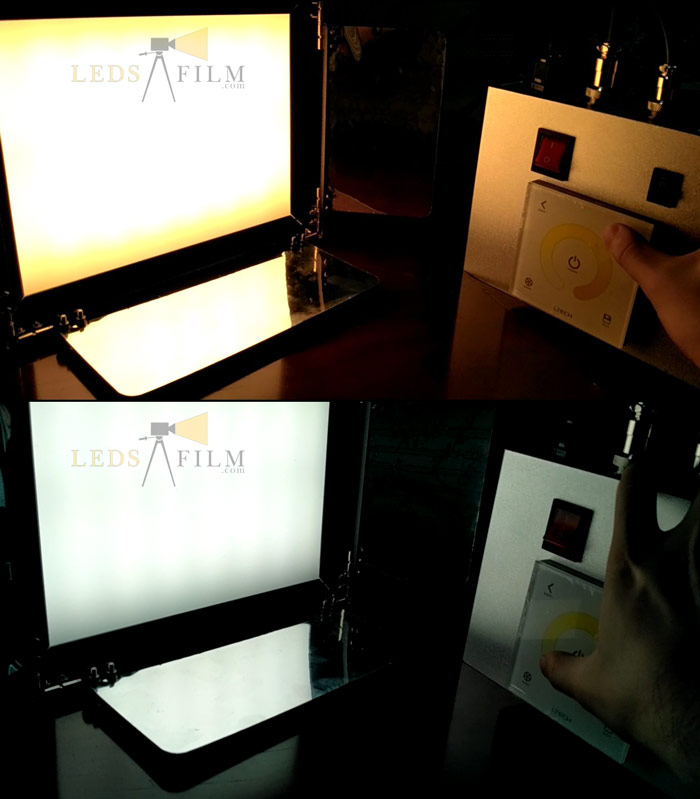
Backlight
Backlight refers to the light shining from behind the subject. It is easy to make the subject into a silhouette when shooting against the light, so it is relatively difficult to grasp the exposure, and it is often not recommended for beginners. But the artistic effect of the backlight is also unique-the backlight can give the outer edge of the subject a moving contour light edge (if it is sunlight, it is a golden edge). If handled properly, you can create a unique sense of beauty and an artistic sense of light and shadow.
When taking a backlit photo, you need to pay attention to the fact that the light ratio of the foreground to the background is too large when the light is backlit, which will often cause the background to be overexposed or the foreground underexposed. In order to reduce the light ratio, you must pay attention to fill the foreground. It’s a flashlight-if you see someone who uses a flashlight when shooting against the sun, you have to respect him because he is an expert who is reducing the light ratio of the foreground to the background.
Basic lighting method
The main light is generally forward side light. Adjust the height of the main light to create a triangular shadow area on the face (extending from the eye frame to the bottom of the nose). The auxiliary light is close to the camera, symmetrical to the main light, and the height is the same as the camera. The ratio of main light and auxiliary light is 1:3 to 1:4. The background light, contour light, modification light, etc. are determined as needed.
Butterfly lighting
Suitable for high-profile female portraits. The main light is a high light, placed directly in front of the character, forming a butterfly-shaped shadow under the character’s nose, making the female portrait more charming and moving. Other lighting arrangements are consistent with the basic lighting method. When using frontal light to shoot female portraits, the position of the main light is often raised a little higher, so that small projections are generated under the brow bones and noses of the characters. The frontal light is used to cover up the skin imperfections of the face, and the projection produces effective Three-dimensional, this method called butterfly lighting is very popular in female photography. But in the actual shooting, one should be aware that the butterfly lighting method is not suitable for women with too thin faces or too high cheekbones, otherwise it will easily make their faces thinner.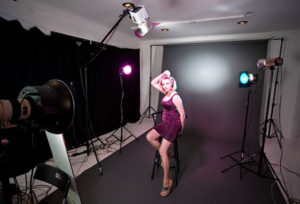
Rembrandt light method
Often used to take low-key male portrait photos, mostly three-quarters frontal or profile portraits. The main light is far away from the camera, so that its shadow appears on the half of the subject’s face facing the camera. The auxiliary light and the main light are on the same side, and the light ratio is about 1:9. Use a dark background to produce a low-key effect. The front side light of 45° is widely used in portrait photography. It not only has a certain lighting area, but also gives the face a concave and convex three-dimensional effect, with richer tonal levels and line contours. If the face is three-quarters of the side, the light comes from the other side, illuminating all of the quarter of the face and parts of the three-quarters of the face, this kind of light is a typical Lumberland light method . This kind of light, coupled with a dark background, will make the characters shine. Rembrandt used the light method more for male images, showing a strong temperament.
Portrait photography lighting usage
Portrait photography, especially commercial portraits, our goal is to idealize the characters. But the most influential indoor portrait should be the lighting arrangement. Of course, there are many types of light, and usually everyone knows: flat light, side light, reflected light, direct light, split light, and commonly used butterfly light. It’s easy to make people fatter with flat light, and to make people thinner with side light (narrow light). Butterfly light means that the main light is placed directly in front of the face, casting a shadow of the nose and forming a line with the nose. The most successful use of butterfly light is to use it on a normal oval face, and it is considered to be a charming light, especially for young women, butterfly light is not suitable for men’s face, because butterfly light is for the subject’s ears Strengthen the lighting, which will produce an unsightly sense of prominence.
The following three types of light are rarely used in commercial portraits: window light, split light, and ceiling reflection light.
Window light: The narrow light usually used is window light. It is often the combination of daylight and supplementary flash that can shoot a natural, soft, low-key portrait, fashion wedding photography. The subject is sitting next to the window, but it is not the strong light directly from the sun. The fill light (flash) is above or beside the camera, and its intensity is half that of the window light. If you use color rolls, you need to pay attention to the color temperature of the auxiliary light.
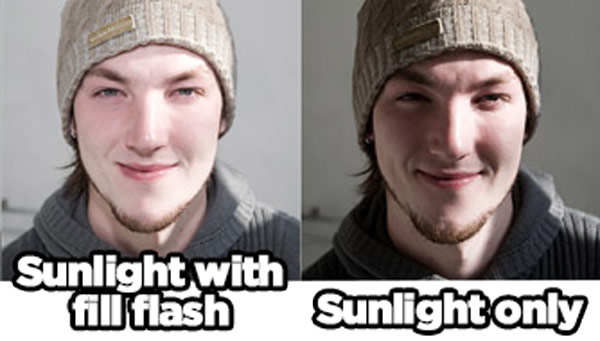
Spectroscopy: The main light is moved to a considerable place behind the subject, so only half of the face is illuminated by strong light: this method is not commonly used, but its effect can produce a moderately dramatic low-tone effect. I often use two main lights to shoot some fashionable girls, or alternative men and women, very practical.
Ceiling reflection: This kind of light has the advantage of being particularly soft. It is a slow reflection light, often suitable for supplementary light, and is rarely used as a main light alone. It is just some variation of the three basic key lights. Of course, it is possible to shoot portraits with one light alone. This is also commonly used to achieve a special effect, but it is not suitable for children.
Portrait photographers usually use a lot of lights to illuminate the subject. Since no two photographers use exactly the same method to take photos, they should be illuminated in an effective and consistent way when shooting portraits. Various lighting arrangements can be used in the following order:
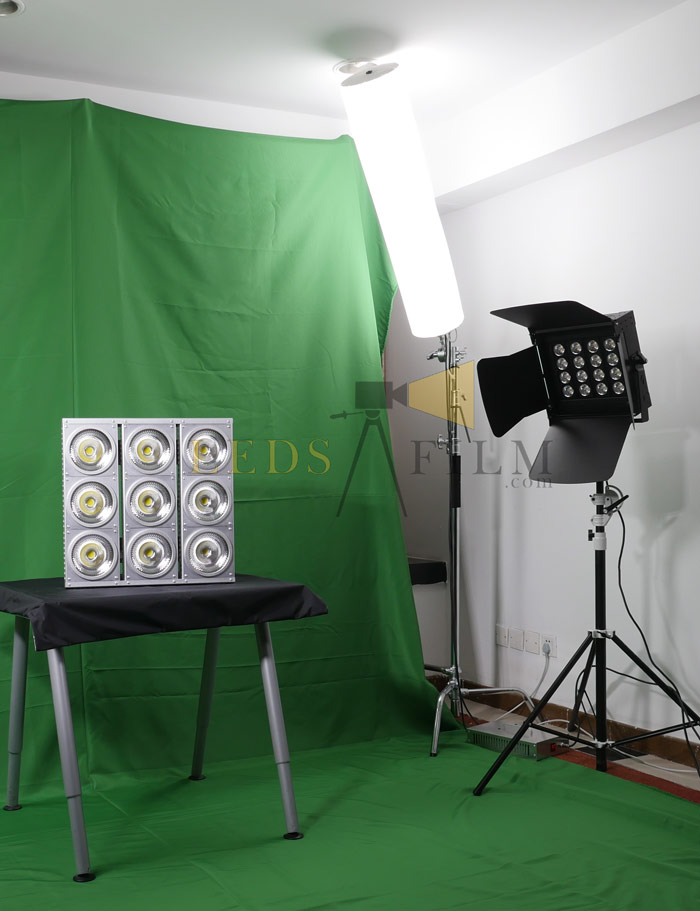
- The background light is used to put it on a low shelf. When taking wedding photos in Beijing, it is placed in the middle of the main body’s back. Its function is to help the tone separation between the main body and the background.
- Main light: Generally speaking, it should be placed higher than the head of the main body, approximately 45° from the axis of the camera and main body. The way to verify the proper arrangement of the lights is to pay attention to the reflective points of the eyes. Observed from the position of the camera lens, these reflective points should be located above the left and right of the eyes, depending on the direction of the subject’s face.
- Auxiliary light: placed near the camera lens and the same height as the lens, and on the other side of the main light, if the subject’s smile line causes indecent shadows, fashion photography, it may be because the light used is related to the distance of the camera or the subject.
- Hair light: This is a small light that usually shines above or behind the subject. It is almost a must when shooting portraits. It can increase the detail and level of hair, and it is also an effective way to isolate the subject from the back. There are many positions of the light, but the main thing should be to avoid shining on the face, because this will affect the whole picture, and adjust the light ratio so as not to affect the color of the hair.
- Back light: This kind of light is called contour light, which can isolate the subject and the back of the same tone. It can also increase the details of the hair, and there will be dramatic portraits (single use). We often call this kind of silhouette photos. When using this kind of light, be careful not to let it shine on the subject’s nose, otherwise, the nose may appear abnormal.
